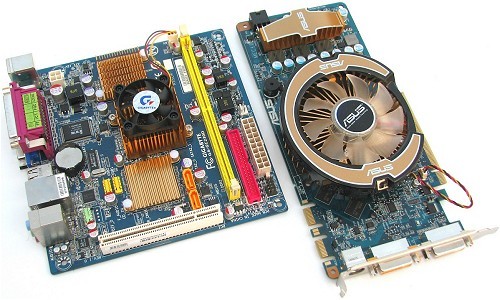Power consumption has become an increasingly important issue that nowadays plays a dual challenge for processing units. New processor architectures are more efficiency inclined than ever before as demand has sky-rocketed for more mobile and cooler units. But perhaps even most important is today's worldwide need to cut down on power consumption. With many households carrying at least one or more PCs and the proliferation of workstations at corporations, a considerable share of the power that we use can be attributed to computers.
Out of curiosity, I recently ran some power consumption tests on my own personal computer, which admittedly uses the latest hardware available in the market. Now, keep in mind this computer runs around the clock. The results were somewhat disturbing, sucking down about 300 watts at idle, and nearly 500 watts when under load. Combined with a 30" LCD and a number of additional devices attached to it, things start to add up, particularly the power bill.

After a more careful evaluation on how I spend my time using this computer, the overall setup didn't make much sense as I'm lucky when I have enough time to play on my computer for a single hour on an average day. More over, a quad-core processor, four hard drives in RAID0, and a GeForce GTX 280 are not exactly necessary hardware for tasks such as web design, word processing, and sending e-mails.
Therefore I decided to split my computer into two: a simpler low powered desktop used for everything work related which will run 24/7, and a power guzzling gaming monster that will get used for a few hours here and there.
The question that now remains is, what is the best way of going about building a low-powered desktop computer that still has enough guts to get the job done? Another aspect that I really like about owning a low-powered desktop computer is that it can be small, really small, and this is where the Gigabyte GC230D motherboard comes in. This new Gigabyte motherboard measures just 17 x 17cm (6.7 inches), and in this space it manages to incorporate an Intel 1.6GHz processor featuring 512KB of L2 cache.

This processor is better known as the Intel Atom 230, which is built using a 45nm design process, boasting a core area of just 25mm2 and a thermal design process of a mere 4 watts!
The Atom 230 is based on Intel's Diamondville architecture and is the only model released to date that supports 64-bit code (x86-64). Although a tiny 1.6GHz processor may not sound like much, when it comes to simple daily tasks like word processing, it really is ample...
